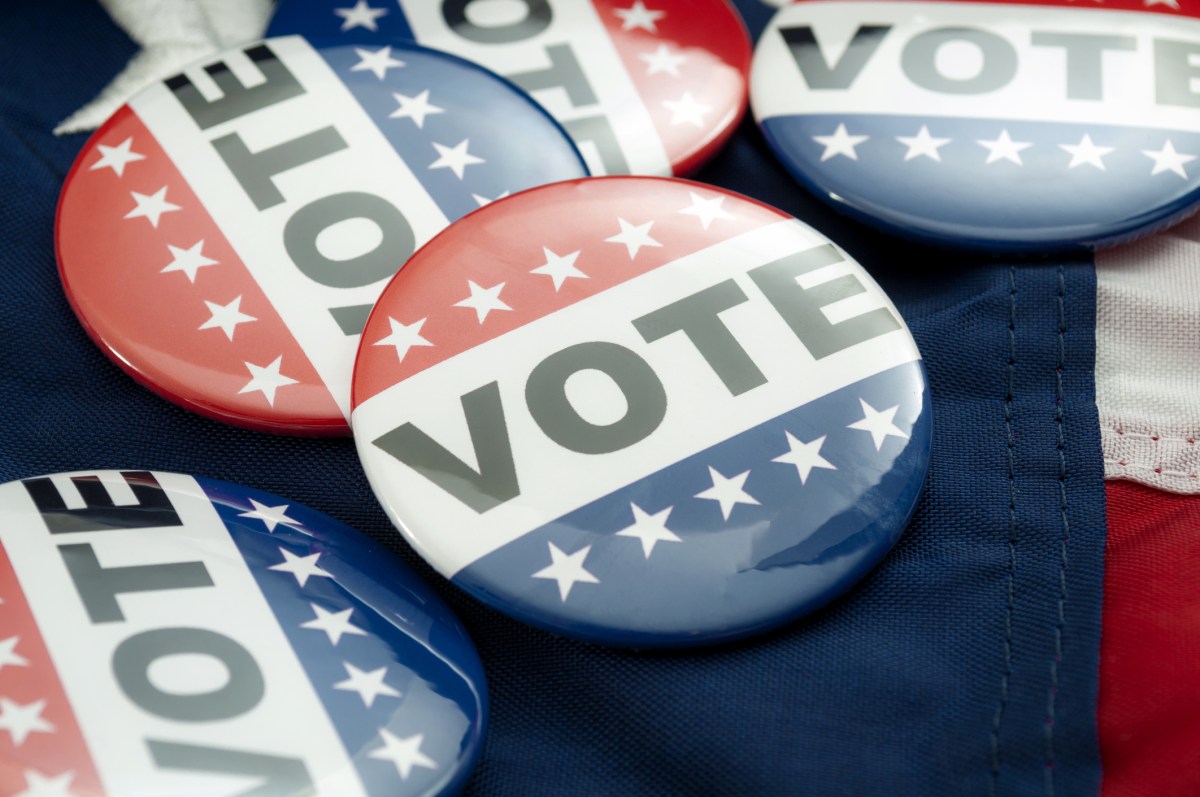By Stefan Hankin
The tri-state region is used to being at the top of best-of lists, but it’s missing out on one of the most important rankings right now — the colleges that are the best for student voting. Only SUNY–Stony Brook in New York and Rutgers, Montclair State and Kean University in New Jersey made the national ranking, with a few more outside of the New York City region included.
Advocates created the list of Best Colleges for Student Voting based on a school’s voter registration rate (the top schools have between 85 and 95% of all students registered) and participation in the National Study of Learning, Voting, and Engagement at Tufts University and the ALL IN Campus Democracy Challenge.
In a year when many students are attending classes online, on-campus voter drives aren’t going to yield many voters. Campaigns are now scrambling to figure out how to engage students who went from tough to reach before the COVID-19 shutdowns to nearly impossible now.
Even in 2018, which was a record year for youth midterm voting, only 40% of college students nationally bothered to vote. The turnout among 18- to 29-year-olds was 35%, more than 10 points below the rate for 30- to-44-year-olds and less than half the rate of those over 65.
One aggressive effort is under way in Michigan. Michigan State University in East Lansing is fully virtual; it sits at one end of the congressional district represented by Democrat Elissa Slotkin. The moderate Democrat squeaked out a victory two years ago in the traditionally red district by mobilizing college students and convincing enough Republican voters in suburban Detroit that she was the best choice.
She won by only 13,000 votes in 2018 and the lack of students on campus today is problematic, to say the least. Slotkin’s campaign is aggressively reaching out to those students who attend colleges both within and outside of the district and are now learning from home and eligible to vote.
Slotkin says, “We want to run more TV ads, make more phone calls to reach voters, drop even more literature at people’s doors, and connect with students on social media.”
It should not just be up to campaigns to push for participation; higher education can, and should, do more. Advocates in California are holding virtual rallies to encourage voting; and professors can incorporate voting lessons into their classes in a nonpartisan way. The Ask Every Student initiative provides campuses with a framework to integrate voter registration into existing processes, such as orientation or classes that reach all students.
Lest Republicans think this is an effort to defeat Donald Trump, they should recognize that the GOP has increased its campus activities. Students for Trump is an active part of the re-election campaign and its chair spoke at the GOP convention.
Secretaries of state and county election officials, charged with overseeing voting by mail, need to ensure they’re enfranchising student voters at every turn.
It’s part of the American ethos to say democracy depends on each of us and if someone chooses not to vote, then they just have to suffer the consequences. This election year, more than ever, colleges and campaigns need to ensure students understand the patchwork system we’ve created for them to have their voices heard.
Stefan Hankin, a pollster based in Washington, D.C., has provided research for numerous political campaigns, including Cory Booker’s 2020 presidential campaign and Barack Obama’s 2008 presidential primary race.


















